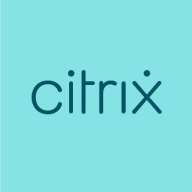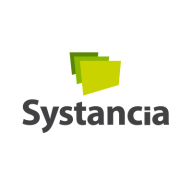

Find out what your peers are saying about Citrix, Microsoft, Parallels and others in Application Virtualization.

Enable secure, flexible work with the leader in virtual apps and desktops
Deliver desktop as a service (DaaS) from any cloud or datacenter
Get started with Citrix DaaS (formerly Citrix Virtual Apps and Desktops service) in minutes to provide a familiar, high-performance digital workspace experience to your users. We’ll manage the infrastructure and security. You focus on your business.
Systancia Workplace, formerly AppliDis Fusion, is an innovative virtualization solution that allows all applications and desktops to be made available using the most recent security, load balancing, ergonomic and Machine Learning technologies in order to guarantee the best experience for both user and administrator.
We monitor all Application Virtualization reviews to prevent fraudulent reviews and keep review quality high. We do not post reviews by company employees or direct competitors. We validate each review for authenticity via cross-reference with LinkedIn, and personal follow-up with the reviewer when necessary.